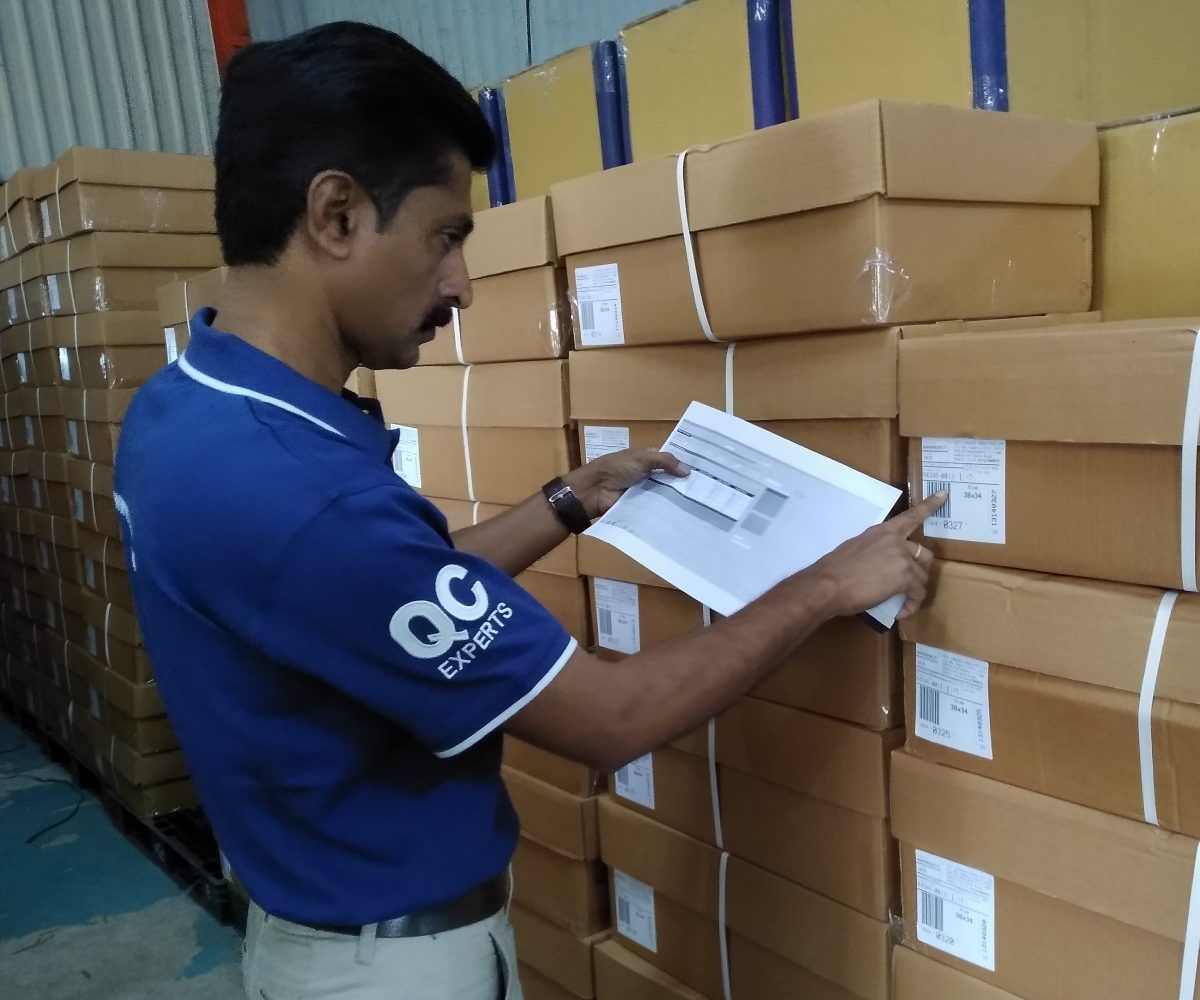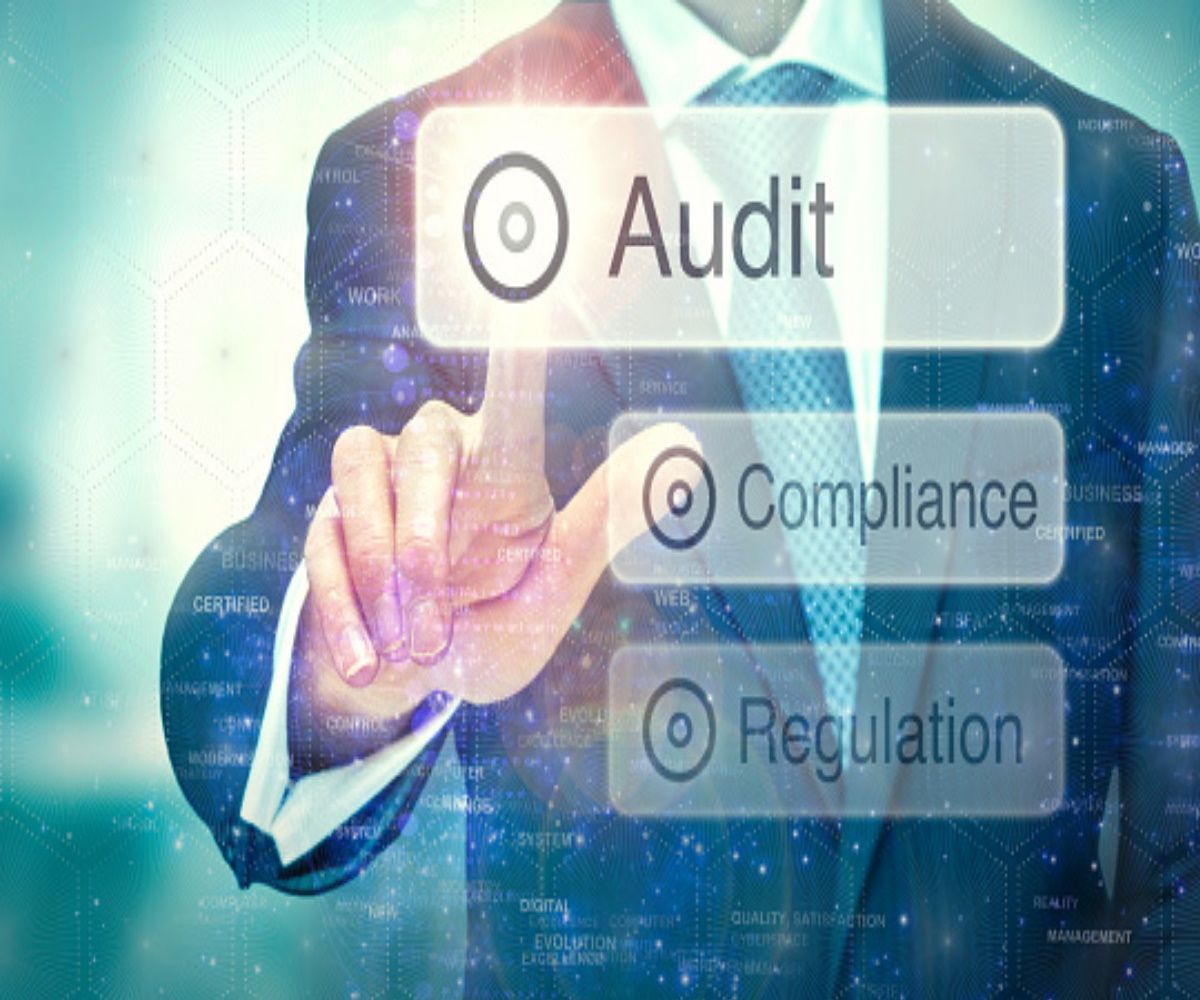Final Random Inspection Services
By: RSJ Inspection Service Limited| Price | Available on request |
| Category | Quality Control Services |
| Manufacturer | NA ( Service Provider ) |
| Min Order Quantity | 1.00 consignment |
| Delivery Lead Time | Depend on contract |
| Place of Origin | India |
| Supply Ability | NA |
| Packaging Details | NA |
| Transportation Details | NA |
Description
FRI stands for Final Random Inspection. It is also called a Pre-shipment Inspection (PSI) or Final Inspection. This Inspection is normally conducted,
At on-site or source where product is manufactured and sometimes at forwarder's premises.
At the stage when 100% production is completed and at least 80% goods are completely packed in cartons and ready for shipment.
This Inspection is conducted on the standards of internationally recognized ISO2859-1, ANSI/ASQC Z1.4-2008 (Equivalent to MIL-STD-105 E) statistical sampling procedures.
All these inspections are carried out in an accurate and detailed manner by experts who have knowledge of products and inspection techniques. The actual findings during the Inspection are marked in the RSJ detailed report and sent to the customer within 24 working hours for their final decision on the shipment.
Why FRI?
Findings in the Final Random Inspection can help you to know about your shipment when the shipment is still at a manufacturing location like,
Information on Product Quantity and Quality.
Compliance with the specifications (PO, Style, Product description, Measurements, Labelling & Markings, Packing and packaging, Functionality, safety and regulatory requirements etc.)
Nature and percentage of defects in the shipment
All this information gives advantage to,
Avoid last minute surprises in shipment & helps to take correction where necessary in timely manner
Avoid/minimize business risks like costly recalls
Avoid costly reworks or corrections in the destination/ Import Country.
Maintain positive Brand value and integrity
About Final Random Inspection Techniques
Protocol (Customized QE checklist) for each inspection is prepared based upon contract specifications, customer/ regulatory / safety requirements, and product category before a day of Inspection date.
The Final Random Inspection covers the aspects below:
Customer special checkpoints
Quantity verification against PO/ Packing List
Product descriptions check
Workmanship (Visual Inspection)
Measurement and weight
Labelling and Inner packing
Packing and Packaging
On-site test which includes Functionality / safety/ Regulatory etc.,
Quantity check :
The Quality Engineer counts and then determines the number of cartons in the batch without removing them from the storage area by comparing with PO / Packing lists. Further selects generally few cartons as per procedure (square root of total cartons) & count the number of pieces on them one by one. This method provides a good confidence to buyers on related to quantity ordered is present & will be arrived to them.
Product Description check :
Verifying the style, color, appearance & feel of the product against the approved sample and technical specifications. Quality Engineer carefully compares them for each parameter well & provides the photos for reference. Any mismatches will be highlighted to take further actions / decisions by buyers.
Workmanship Check :
The products are randomly pulled as per the sample size, the Quality Engineer will check the products visually against customer approved sample or contract specification and all non-conformities are recorded based on below category of defects.
• Critical defect: Defects that render the product unsafe or hazardous for the end user or that contravene mandatory regulations.
• Major Defect: Defects can result in the product's failure, reducing its marketability, usability or sale ability.
• Minor Defect: Defects that do not affect the product's marketability or usability but represent workmanship defects that make the product fall short of defined quality standards.
Sampling
The Standard ISO2859-1, ANSI/ ASQ Z1.4-2008 (Equivalent to MIL-STD-105 E) is followed for sampling plans. You can refer to the AQL Sampling plan table from below link
https://www.rsjqa.com/useful-corner/aql-manday-calculator
Size of the sample and unbiased representative selection of the sample is a vital part of the inspection process. Internationally most widely used accepted sampling plan is single sampling plan, inspection general level II. However, the customers are free to choose any other sampling plan as they feel appropriate.
Acceptable Quality Level :
Generally, for the workmanship check, internationally most widely followed AQL - Accept or Reject criteria for consumer goods is critical 0.0, Major 2.5 and Minor 4.0 defectives for consumer goods. However, the customers are free to choose any other AQL depending upon the product category, as they feel appropriate.
Measurement and weight :
Product measurements & weights from randomly selected pieces are checked against the specified requirements provided on the technical sheets. A detailed finding, discrepancies are highlighted in the report for easy reference.
Labelling and Inner packing :
The details like Material composition, Wash care, Barcodes, Warning Stickers, Hangtags, Country of origin, Inserts, Polybag / Inner box etc. will be checked against the required specifi
Other Products
Post requirements














